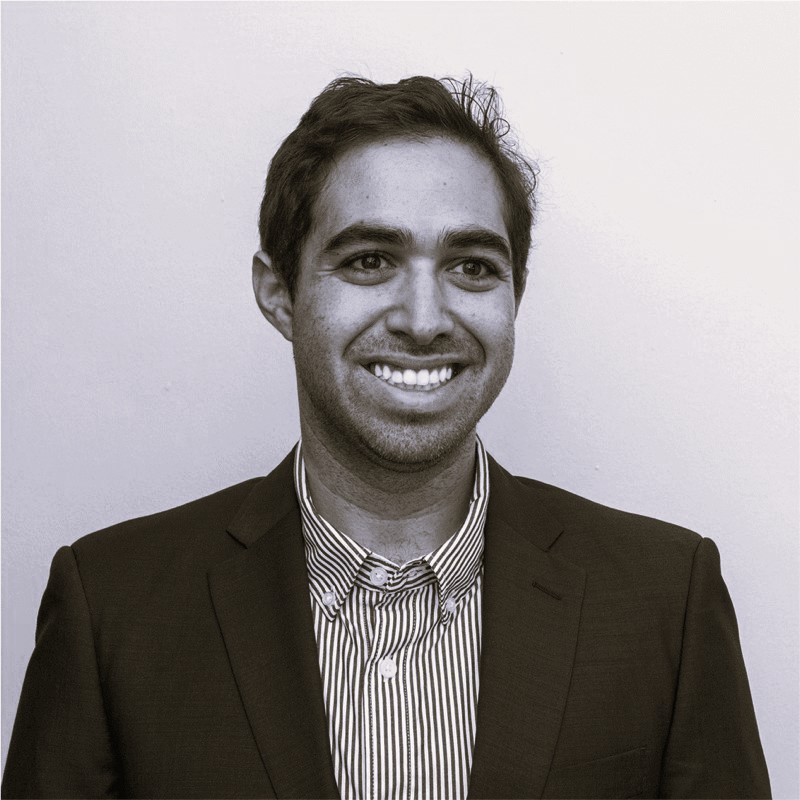Podcast Overview
Are you constantly spamming offers and deals through email to your customers? Don’t do it!
Customers don’t want hundreds of spam emails, calls and texts. What do they want? Communication about stuff they are interested in! In this episode Gabe breaks down the essential key points to success with email, personalisation and what you are doing wrong with customer retention.
eCome@One Presents:
Gabe Kovacs
Gabe Kovacs is Marketing Director at Annmarie Skincare with 12 years of experience delivering high-quality, revenue-generating, consumer facing growth campaigns. He has successfully launched over 15 product collections and designed influencer programs featured in Forbes. He has worked with high level brands and helped grow a startup $100M in one year through innovative marketing strategies.
In this episode he breaks down customer retention and the best channels you should be using to generate happier customers. He also talks about how he is navigating through the rough waters in eCommerce, the 12 month plan for Annmarie Skin Care and which channel is creating the most revenue for eCommerce right now.
Tune into this episode to learn how to connect with your customers to generate more revenue and retention, you never know you might even be the next big skincare brand…
Topics Covered:
2:00 – How Did Gabe Become To Be The VP Of Marketing At Annmarie Skincare
4:20 – Which Channel Is Creating The Most Revenue For Annmarie Skincare And What Makes This Stand out.
S9:05 – What Are The Best SMS Performers To Retain Customers
16:20 – The Biggest Problem Gabe Has Personally Faced Whilst Working In The eCommerce World
20:01 – How Does Annmarie Skincare Work To Stand Out From All The Other Brands
24:20 – The Worldwide DJ Influencer Programme!
32:40 – What Is Gabe Doing To Navigate The uncertainty In eCommerce Right Now
37:05 – 12 Month Plan And Focus For Annmarie Skincare
40:12 – One Piece Of Advice For Listeners To Really Thrive Through The eCommerce World
41:25 – Book Recommendation


